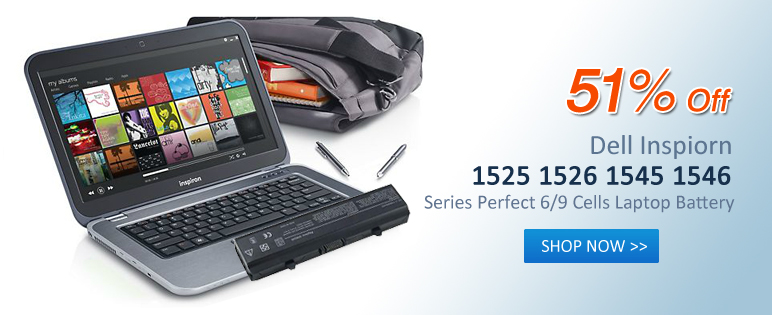Top 6 components use battery power in laptop computer
Laptop computers are not as efficient as they could be and they waste a lot of energy, the payoff for being aware of how much battery power your computing device uses and how to control it can be huge — because every watt saved can run the notebook that much longer. The natural incentive is that greater efficiency translates directly into longer battery life, it’s useful to look at which components are the most power thirsty in your device and how they are being improved.
Top 6 components are the major battery power users in a computing device
1. Display
Displays have improved a lot. The move in the late 2000s fromCCFL backlighting to LED backlighting reduced a typical LCD’s power drain by about 25%.

More recently, Panel Self-Refresh (PSR) technology can lower power use even further by stopping screen refresh if what’s being displayed doesn’t change. This can add as much as 20 minutes to a battery’s run time, according to Ajay Gupta, director of commercial notebook products at HP. PSR is currently used on a limited number of devices, including the HP EliteBook Folio 1040 and the LG G2 smartphone. In the long term, display battery power use could decrease by another 40% by using Organic Light Emitting Diode (OLED) screens that produce their own light and don’t require backlighting.
2. Graphics processors
Graphics processors are often integrated into a notebook’s system, but can significantly drain a battery as well. For example, Intel Graphics 4000 and 5000 integrated video chips typically range in power use from about 15 watts for the HD 4200 at the entry level to upwards of 50 watts for the Iris Pro 5200.
AMD’s Radeon graphics engines also vary in how much Dell D620 Battery power they pull. For instance, the mid-range HD 6290 graphics chip consumes about 18 watts at peak use, while the more sophisticated HD 8650G chip uses upwards of 35 watts.
Many high-end engineering and gaming laptops also have discrete graphics chips with dedicated memory from Nvidia or AMD that can consume a lot of battery power when they’re being used.
3. Processor
The processor is a power hog, often using as much as half of the total power in a system. Smaller is better; as the size of the microscopic wires and electronic architecture within the chip shrinks with each generation, its power use declines.
A decade ago, the best Intel processors used the company’s 90-nanometer (nm) production process, codenamed Dothan. Today, the company’s Haswell chips have 22nm architecture — less than one-quarter the size and roughly 100,000 times smaller than the width of a pencil point. Chips made with 14nm microarchitecture, a.k.a Broadwell, have been promised for later this year or in early 2015.
4. Fan
Every watt used inside a computer system turns into heat — and so the system has to be cooled in order to keep running. The less power used, the less cooling is needed. As a result, current systems that use power more efficiently also use smaller fans that don’t need to run as often (and so conserve battery power themselves).
5. AC adapter
The technology that turns a wall outlet’s alternating current into the direct current that a notebook needs has made great strides: From being roughly 50% efficient 20 years ago to between 80% and 90% efficient today. Still, a lot of power is wasted, because for most laptop computers the Toshiba PA3468E-1AC3 AC Adapter still draws phantom current after the system’s battery is fully charged.
Today, some great power adapters — like that of the Lenovo ThinkPad X1 Carbon Touch — are smart enough to shut themselves off when the battery is full. Hopefully, more laptop ac adapters are on their way.
6. Storage
Traditional hard drives that use rotating magnetic discs are giving way to SSDs that store data on solid-state chips. Solid state storage still costs four to five times what a hard drive goes for, but uses a lot less power.
For instance, the 500GB Seagate Momentus Thin 2.5-in. mobile hard drive uses 1.20 watts, while a 480GB Crucial SSD consumes 0.28 watts, less than a quarter as much. And more lower-cost notebooks — including such lightweight models as the Acer C710 Chromebook, Dell Chromebook 11 and HP Chromebook 11 are shipping with SSDs.
Did you enjoy this post? Why not leave a comment below and continue the conversation, or subscribe to my feed and get articles like this delivered automatically to your feed reader.

[…] Laptop computers are not as efficient as they could be and they waste a lot of energy, the payoff for being aware of how much battery power your computing device uses and how to control it can be huge — because every watt saved can run the notebook that much longer. The natural incentive is that … […]